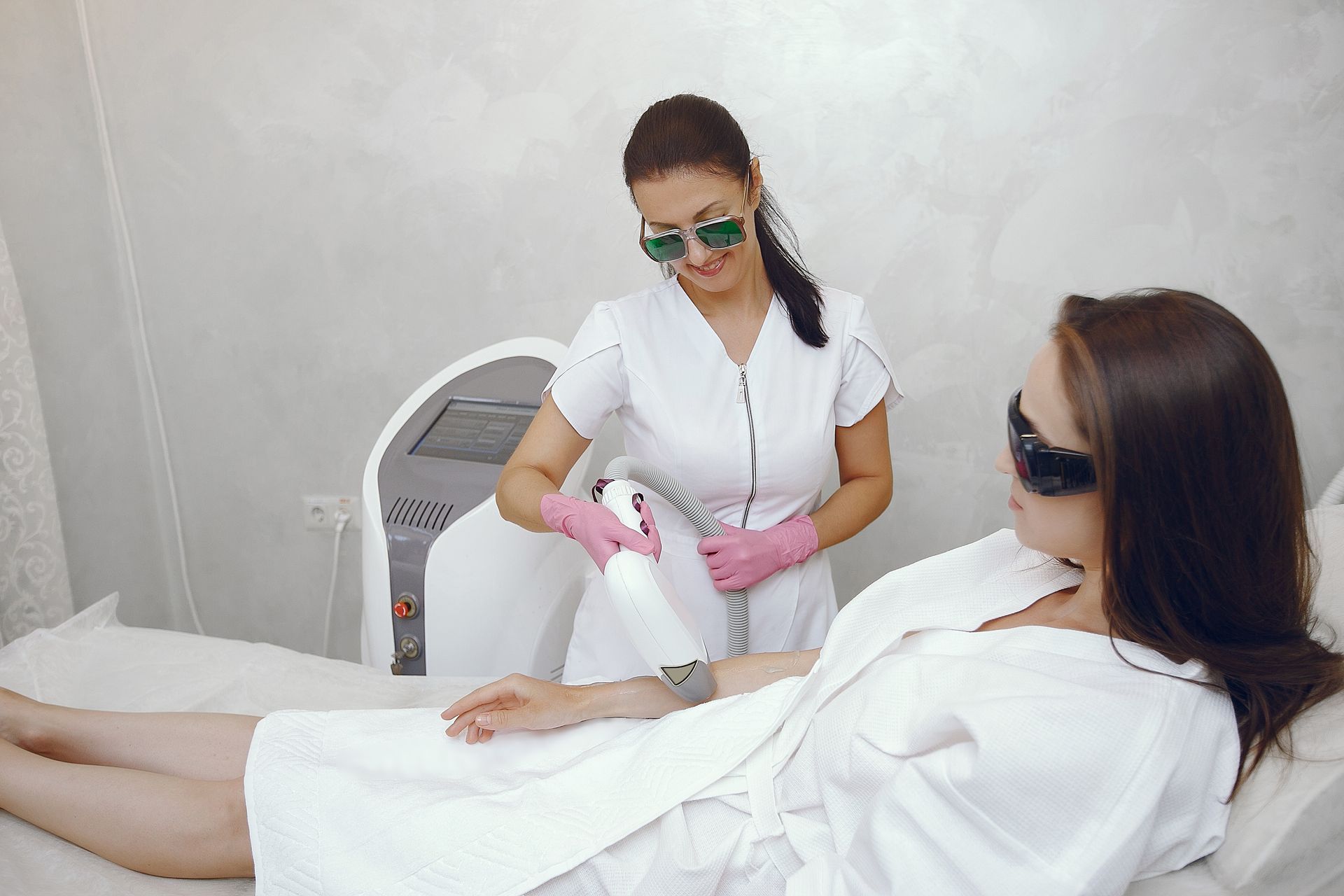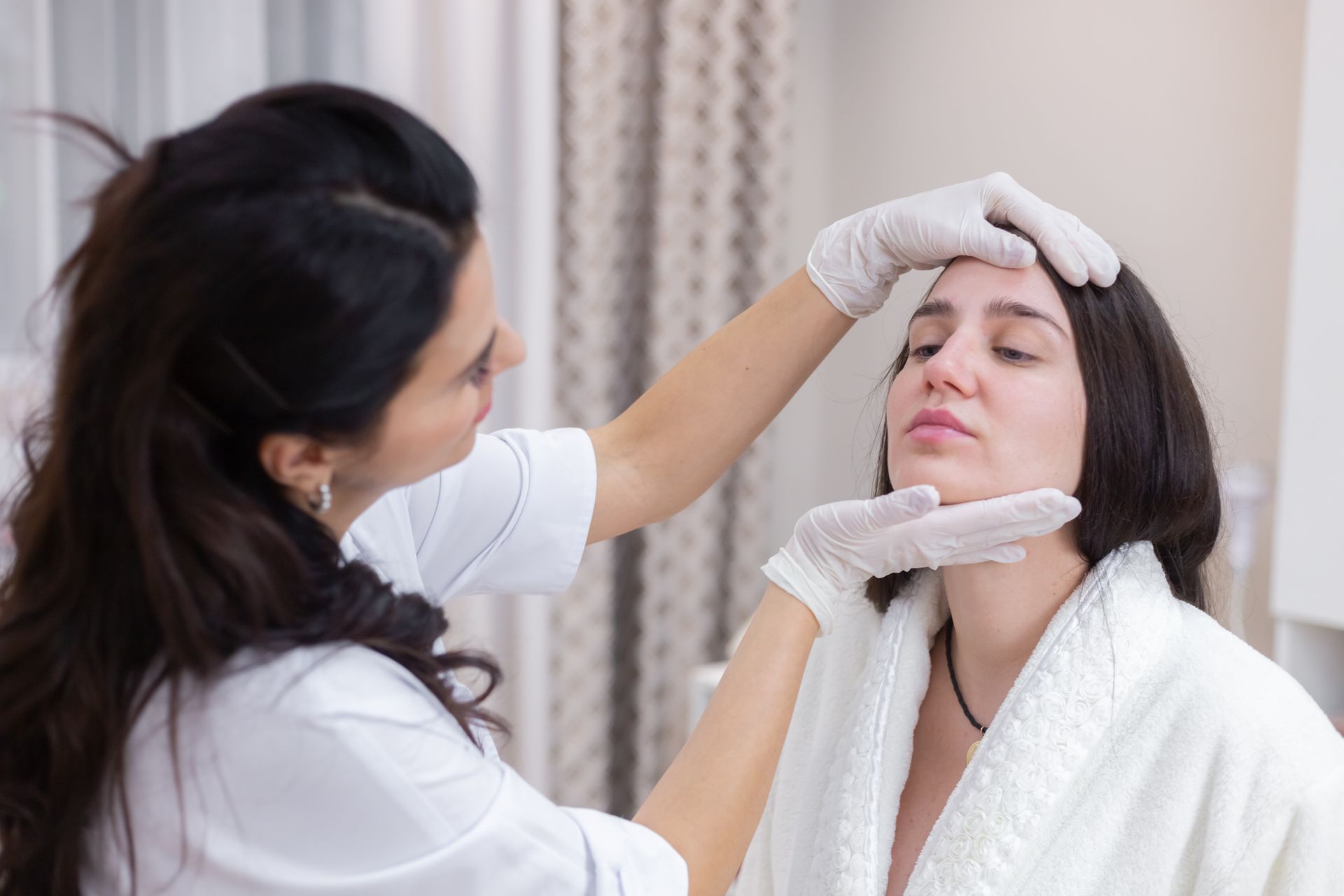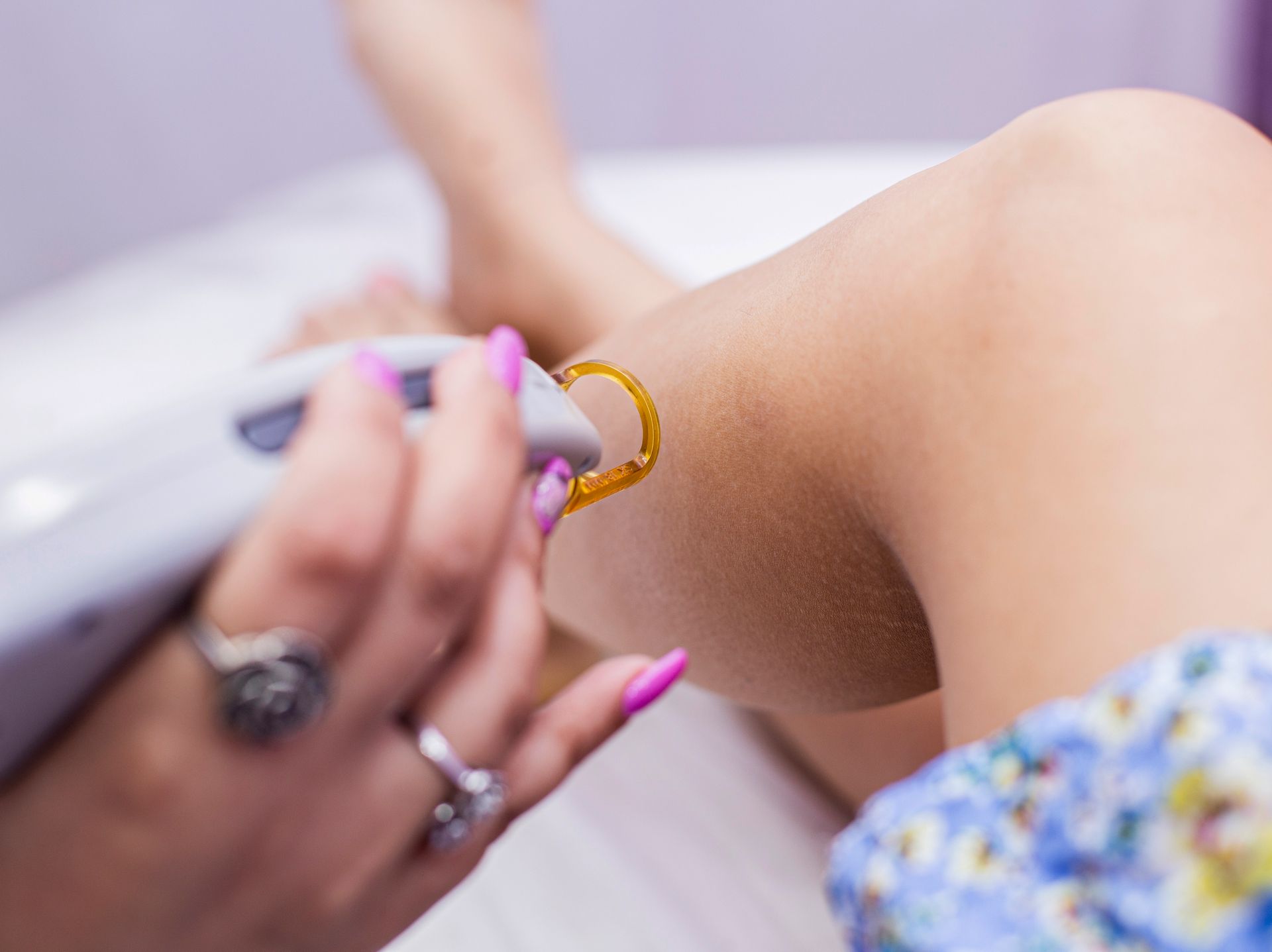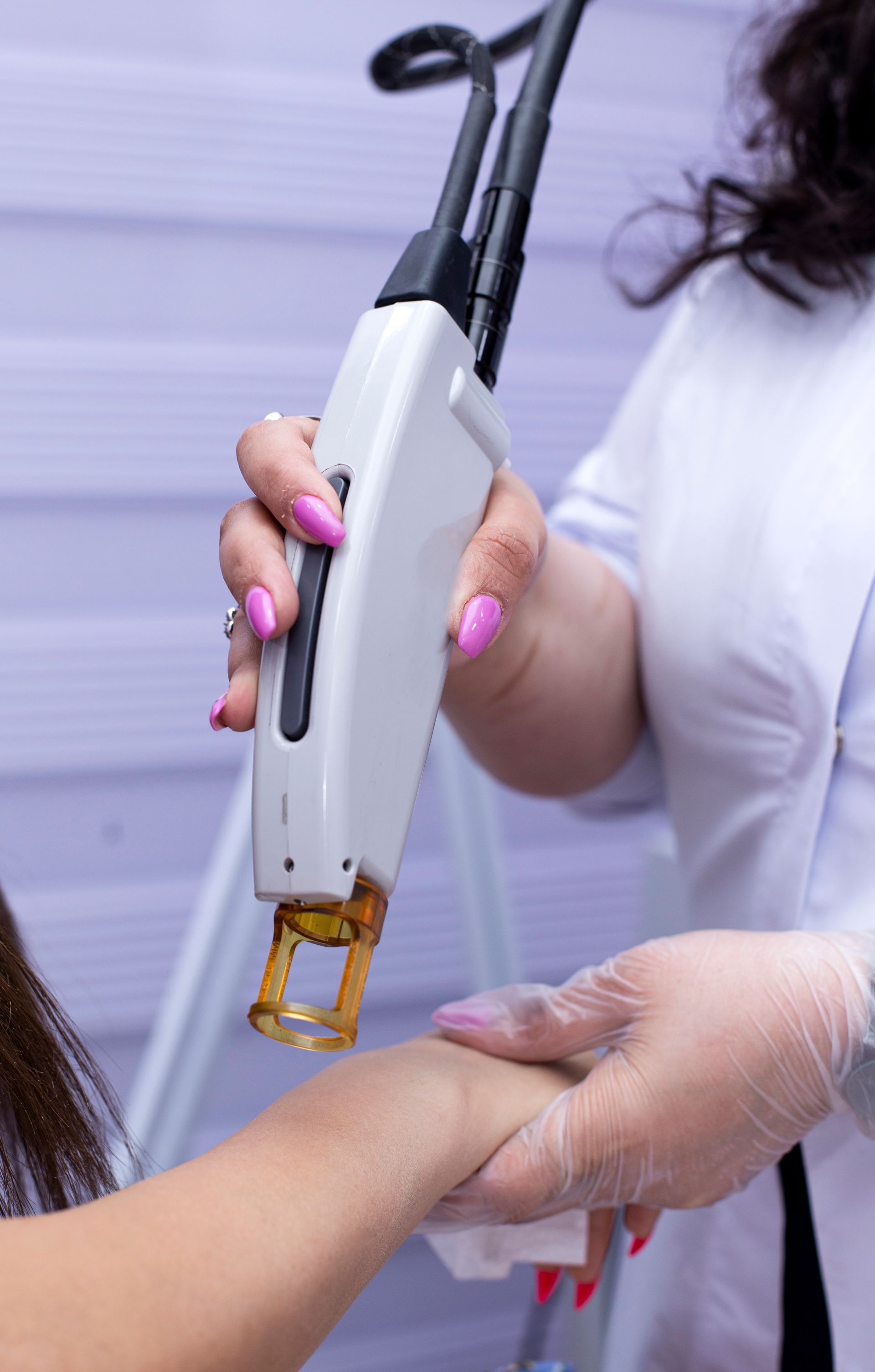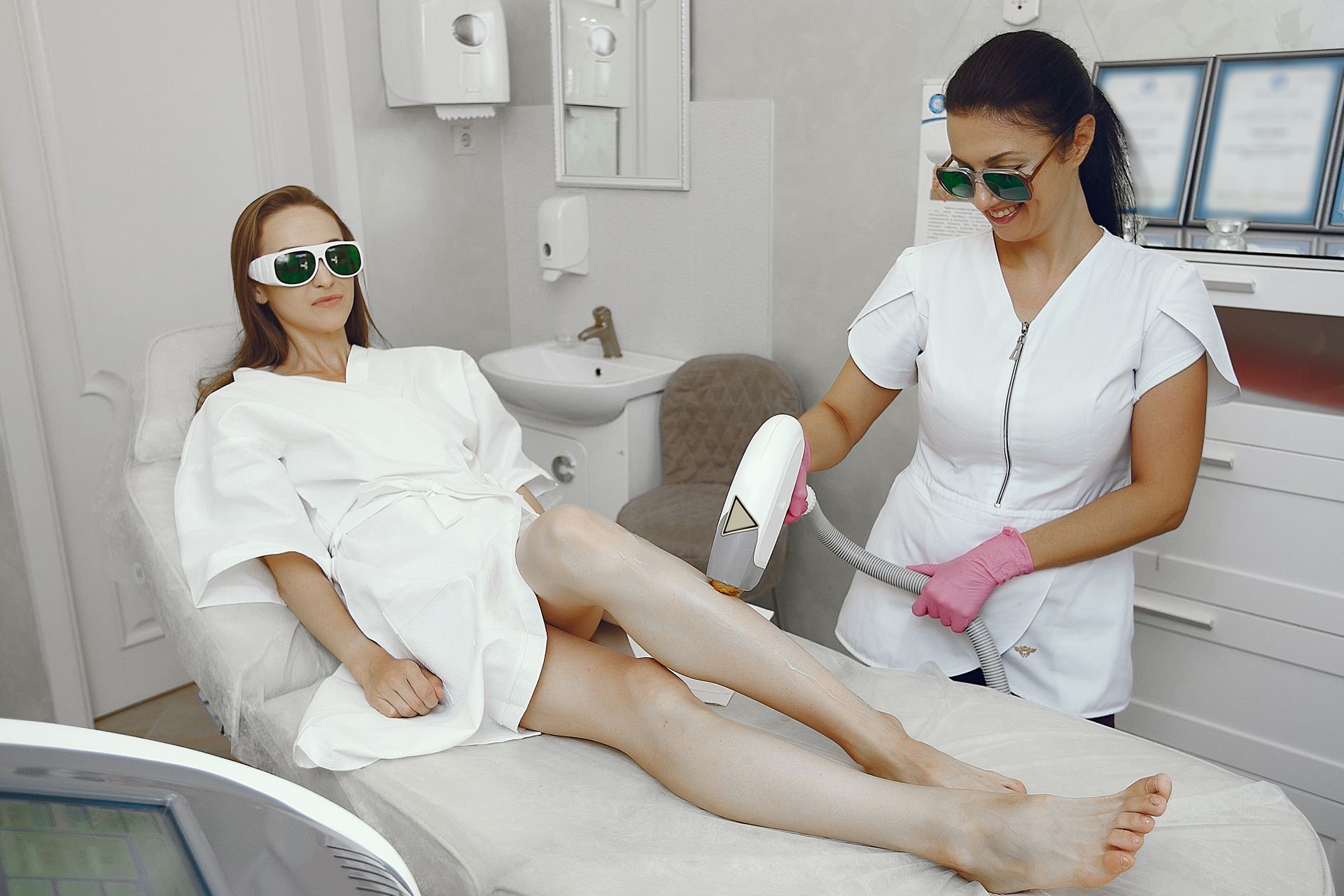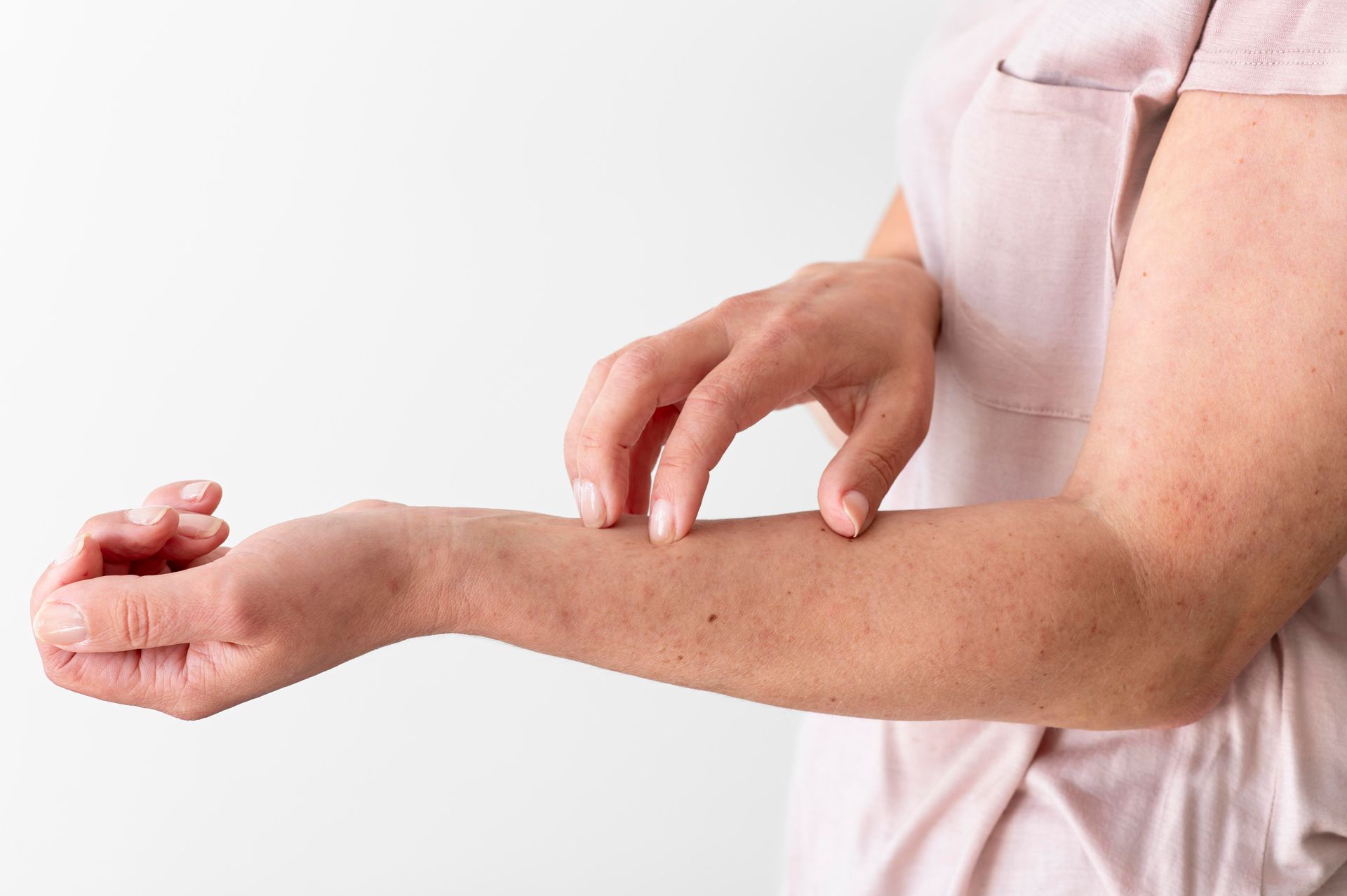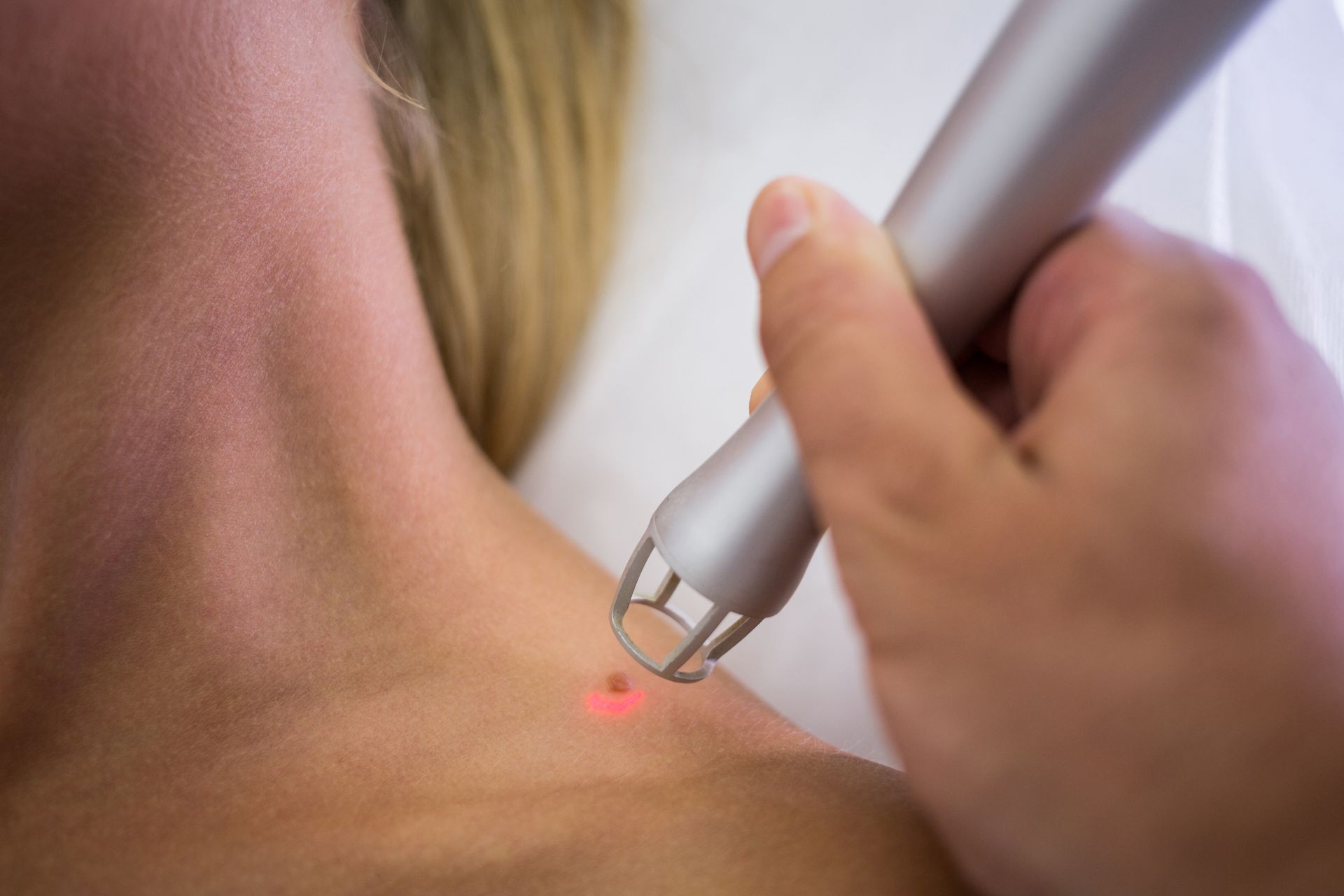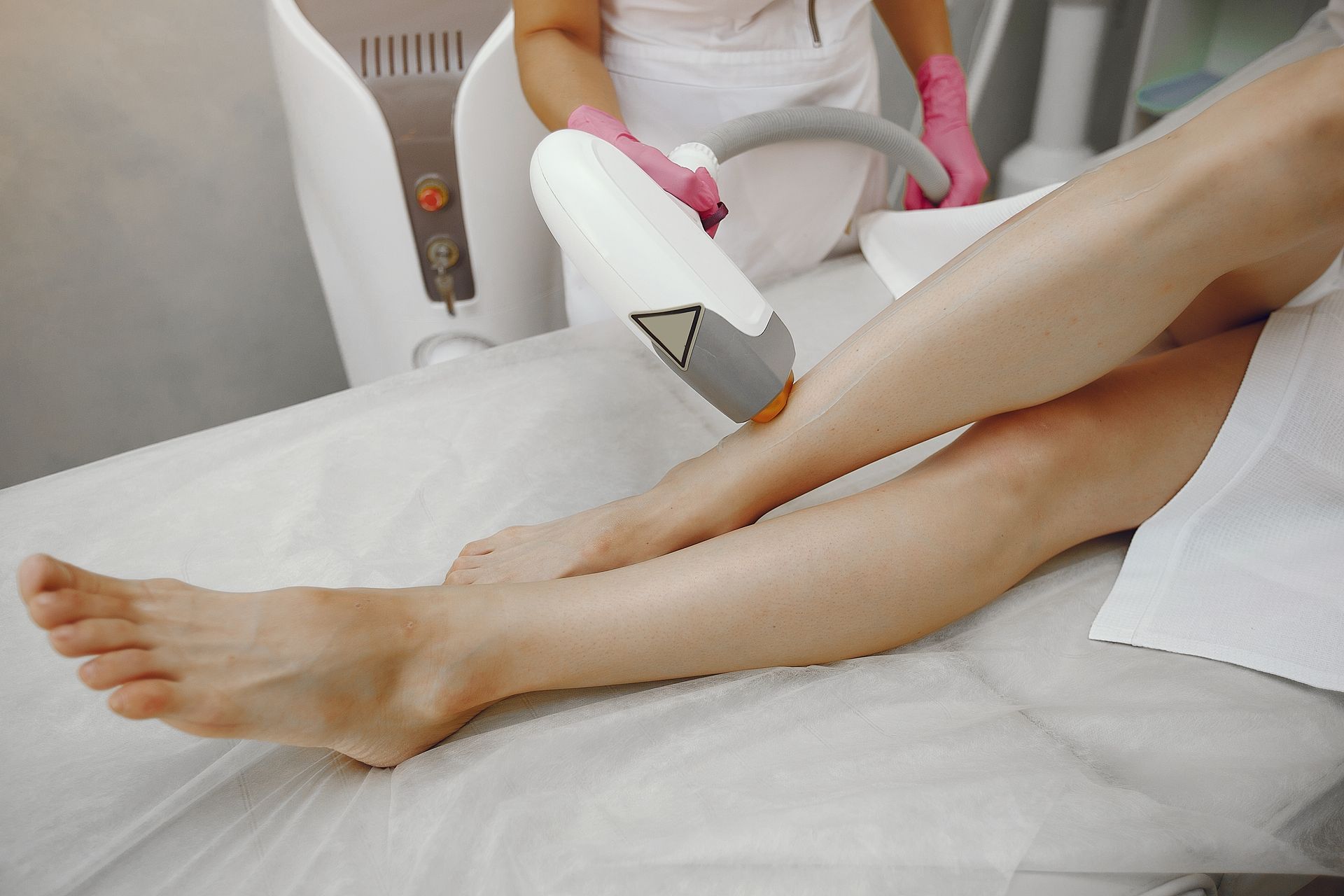Bikini Laser Hair Removal for Men: What to Expect
For a long time, laser hair removal was mostly associated with women, but today, more and more men are choosing this treatment to get rid of unwanted hair — especially in intimate areas like the bikini line. If you're considering bikini laser hair removal as a man, you might feel unsure about what to expect, how it works, and whether it’s safe. This guide breaks down everything you need to know, from preparation to aftercare, so you can approach your first session with confidence.
What Not to Do Before and After Bikini Laser Hair Removal
Why Men Choose Bikini Laser Hair Removal
While grooming trends have evolved, the reasons men opt for bikini laser hair removal often go beyond just aesthetics. For many, it's about hygiene, comfort, and convenience. Regular shaving or waxing can cause irritation, razor bumps, and ingrown hairs, especially in sensitive areas. Laser hair removal offers a longer-lasting solution, helping men achieve smoother skin without constant upkeep.
For athletes and swimmers, reduced friction and improved comfort are added benefits. Some men also choose this treatment for personal preference or to feel more confident in their appearance.
How Bikini Laser Hair Removal Works
Laser hair removal uses concentrated light energy to target the pigment in hair follicles. The laser heats and damages the follicle, which slows future hair growth. Over multiple sessions, hair becomes finer, sparser, and easier to manage.
Because men generally have thicker and coarser hair in the bikini area compared to women, they may need slightly more sessions to achieve optimal results. On average, most men require 6 to 8 sessions spaced 4 to 6 weeks apart.
What Areas Are Included in Men’s Bikini Laser Treatments
Bikini laser treatments for men can vary depending on personal preference:
- Basic Bikini Line – Targets hair along the edges of the underwear line for a clean, groomed look.
- Extended Bikini – Covers a larger area, removing hair from the sides and top of the bikini line.
- Full Bikini / Brazilian – Removes almost all hair in the front and can also include the scrotum area.
- Buttocks or Inner Crease – Often combined with bikini treatments for complete smoothness.
Before your session, your technician will discuss your preferences and customize the treatment to suit your goals.
Does It Hurt? What to Expect During the Session
One of the most common concerns men have is pain. The good news is that modern laser technology makes the process much more comfortable than waxing. You may feel a quick snapping or tingling sensation as the laser targets the hair follicle, but most clinics use cooling devices or numbing gels to minimize discomfort.
Because men typically have denser, coarser hair in the bikini area, the first few sessions might feel slightly more intense. However, as hair thins out, treatments usually become more comfortable over time.
Preparing for Your First Session
Proper preparation is key to getting the best results and minimizing side effects. Here are a few essential tips:
- Shave, Don’t Wax: Shave the treatment area 24 hours before your session, but avoid waxing or plucking since the laser needs the hair follicle intact.
- Avoid Sun Exposure: Tanned or sunburned skin is more sensitive, so it’s best to keep the area protected.
- Skip Heavy Creams and Oils: On the day of treatment, make sure the area is clean and free of lotions or deodorants.
- Wear Comfortable Clothing: Opt for loose-fitting underwear or shorts to reduce friction post-session.
Aftercare and Recovery
The bikini area is sensitive, so proper aftercare is essential to avoid irritation:
- Apply soothing aloe vera or a post-laser cooling gel.
- Avoid hot showers, saunas, and workouts for at least 24 hours.
- Skip waxing or plucking between sessions, but shaving is okay.
- Exfoliate gently after a few days to prevent ingrown hairs.
Following these aftercare tips ensures smoother recovery and better results.
How Many Sessions Do Men Usually Need?
Because men often have thicker hair growth in the bikini area, they generally require more sessions than women. On average:
- Initial Results: Visible hair reduction after 2–3 sessions.
- Optimal Results: Around 6–8 sessions spaced 4–6 weeks apart.
- Maintenance: Occasional touch-ups once or twice a year, depending on individual growth cycles.
Consistency is key — skipping sessions can delay results.
Is Bikini Laser Hair Removal Safe for Men?
Absolutely. When performed by trained professionals, bikini laser hair removal is safe and effective for men. Modern lasers are designed to work on various skin tones and hair types. Mild redness or swelling immediately after the session is common but temporary. Choosing a reputable clinic ensures proper equipment, safety measures, and trained technicians for the best outcome.
Final Thoughts
Bikini laser hair removal for men isn’t just about looks — it’s about comfort, hygiene, and convenience. With the right preparation, a trusted clinic, and consistent sessions, you can enjoy smoother skin and freedom from constant shaving or waxing.
If you’ve been curious but hesitant, now is the time to explore this effective grooming solution. With each session, you’ll notice less hair, fewer ingrown hairs, and a significant boost in confidence.
BOOK YOUR FREE SESSION
